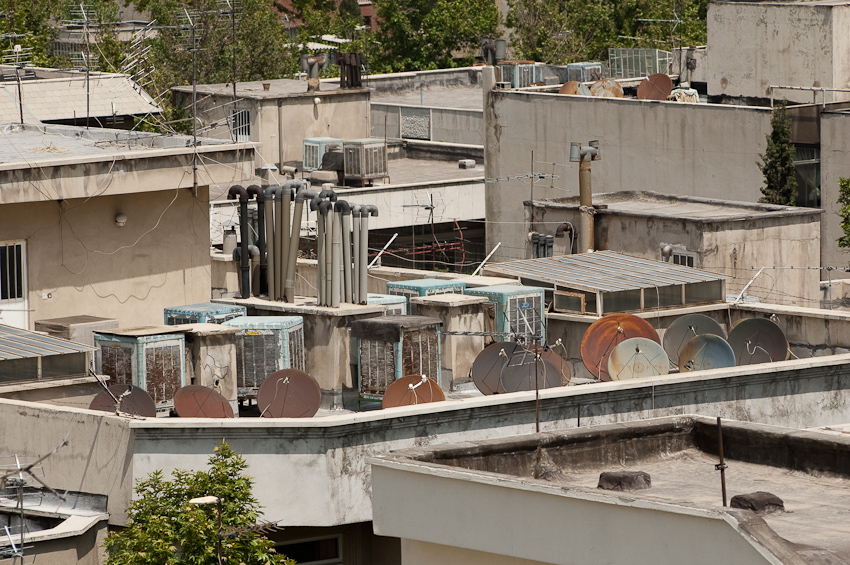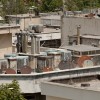Pedram Dibazar in Global Garbage: Urban Imaginaries of Waste, Excess, and Abandonment, ed. C. Lindner and M. Meissner (Routledge 2016), 101-116.
 This chapter is about rooftops in Iran as leftover spaces. Its starting point is the observation that, as a consequence of the ongoing processes of neoliberal urban transformation, common residential rooftops in Iran are cast off as ‘wasted spaces’ in terms of planning and the values associated with it. The term ‘leftover space’ is therefore used to describe an indeterminate condition of being left out of the systems of spatial configuration and signification, which subsequently instigates exclusion from the orders of the visible and sensible. By analyzing rooftop protests in Iran, this chapter argues that the Iranian residential rooftops’ contours are rendered ambiguous in everyday practice specifically in terms of visibility and systems of control. My argument is that such practices sustainably disrupt the orders of the visible by having recourse to tactics of anonymity and inconspicuousness in ways that enhance – rather than repudiate – the conditions of indeterminacy, insignificance and non-visibility that the rooftop fosters, precisely on the account of its leftover spatiality.
This chapter is about rooftops in Iran as leftover spaces. Its starting point is the observation that, as a consequence of the ongoing processes of neoliberal urban transformation, common residential rooftops in Iran are cast off as ‘wasted spaces’ in terms of planning and the values associated with it. The term ‘leftover space’ is therefore used to describe an indeterminate condition of being left out of the systems of spatial configuration and signification, which subsequently instigates exclusion from the orders of the visible and sensible. By analyzing rooftop protests in Iran, this chapter argues that the Iranian residential rooftops’ contours are rendered ambiguous in everyday practice specifically in terms of visibility and systems of control. My argument is that such practices sustainably disrupt the orders of the visible by having recourse to tactics of anonymity and inconspicuousness in ways that enhance – rather than repudiate – the conditions of indeterminacy, insignificance and non-visibility that the rooftop fosters, precisely on the account of its leftover spatiality.
